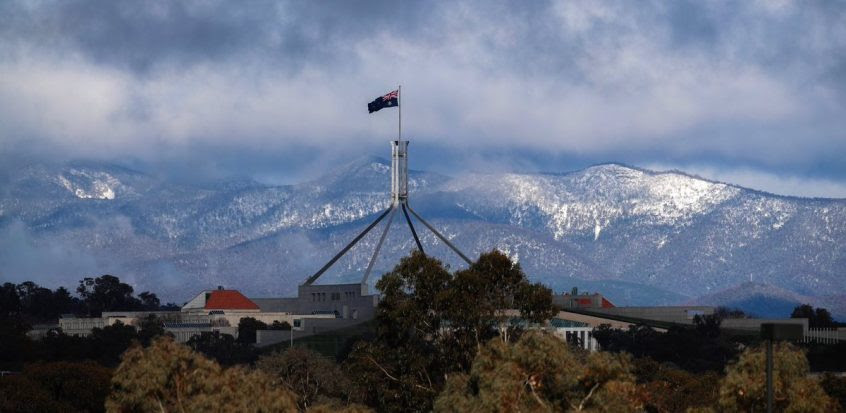
Welcome to the winter of 2022, a new season of change.
Not only a change of season, but also change of government, changes to the cost of groceries and fuel, plus a change to prices in the housing market.
Just like the outside temperature the housing market is losing all its heat that it has had over the past two years. Increases in interest rates and rising inflation has changed the fear of missing out sellers’ market that we have experienced to a market that is now wait and see buyers’ market. There has been a significant drop in the auction clearance rate over the past quarter and we are seeing more clients refinancing their existing mortgage for their current home rather than obtaining a new mortgage for a new home purchase.
As you would expect, the lenders are being more competitive to gain new business. We have seen variable rates for some lenders dropping, honeymoon rates for new loans, cash back offers, and even the offer of free Internet as attempts to lure new business.

At its monthly meeting today, the Reserve Bank of Australia (RBA) has raised the cash rate 50 basis points.
The RBA says they are starting to see increases in wages as well as the increase inflation, therefore they need to keep pulling on their cash rate lever to slow down the economy.
While we were experiencing record low interest rates, many people were able to get ahead on their home loans, however unless wages keep step with inflation this buffer that has been built up may be quickly eroded with rising living costs.
If you are concerned about your home loan, make time to come in and see us so we can discuss possible options. We are in for a cold winter, and it could take some time to get back into our comfort zone.
Until next time

At its meeting today, the Board decided to increase the cash rate target by 50 basis points to 85 basis points. It also increased the interest rate on Exchange Settlement balances by 50 basis points to 75 basis points.
Inflation in Australia has increased significantly. While inflation is lower than in most other advanced economies, it is higher than earlier expected. Global factors, including COVID-related disruptions to supply chains and the war in Ukraine, account for much of this increase in inflation. But domestic factors are playing a role too, with capacity constraints in some sectors and the tight labour market contributing to the upward pressure on prices. The floods earlier this year have also affected some prices.
\The information provided in this newsletter is general in nature and does not take into account your personal circumstances, needs, objectives or financial situation. This information does not constitute financial advice. Before acting on any information in this newsletter, you should consider its appropriateness in relation to your personal situation.







